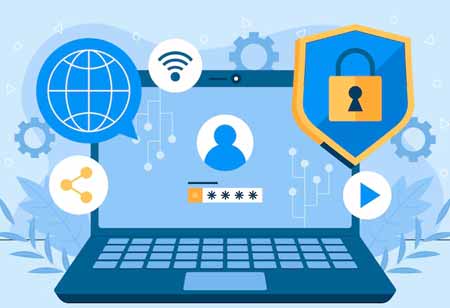THANK YOU FOR SUBSCRIBING
Be first to read the latest tech news, Industry Leader's Insights, and CIO interviews of medium and large enterprises exclusively from Education Technology Insights
Gamified Learning and Adaptive Tools: The Future of K–5 Reading Instruction
Innovative technology in K–5 education enhances reading development by personalizing instruction, engaging early learners, and bridging literacy gaps through interactive, evidence-based tools aligned with the Science of Reading.

By
Education Technology Insights | Friday, November 14, 2025
Stay ahead of the industry with exclusive feature stories on the top companies, expert insights and the latest news delivered straight to your inbox. Subscribe today.
Fremont, CA: The landscape of K–5 education is being transformed by the integration of innovative technology, particularly in the crucial area of reading development. For early learners, mastering literacy is the foundation for all future academic success. By thoughtfully weaving interactive learning methodologies and evidence-based reading intervention tools into the modern classroom, educators can create personalized, engaging, and highly effective pathways to literacy, significantly boosting early learner outcomes.
The Imperative for Innovation in K–5 Reading
Reading instruction for young learners is inherently complex, requiring educators to address the five foundational pillars of literacy outlined by the Science of Reading: phonemic awareness, phonics, fluency, vocabulary, and comprehension. Traditional instructional methods, though valuable, often fall short in meeting the diverse needs of modern classrooms, contributing to persistent literacy gaps. Innovation plays a critical role in bridging these gaps by enabling differentiated instruction and delivering timely, targeted intervention. Technology-driven tools would allow educators to tailor instruction to each student’s strengths and challenges, ensuring that struggling readers receive the intensive support needed for meaningful progress.
Interactive and Evidence-Based Tools: Elevating Early Literacy
Interactive learning, primarily when supported by digital platforms, transforms students from passive recipients of information into active participants. This shift is particularly effective in developing early literacy skills, as it increases engagement, supports various learning styles, and fosters collaborative learning. Digital whiteboards, gamified learning platforms, and animated phonics lessons make reading instruction more dynamic and motivating. At the same time, interactive e-books encourage students to engage in active reading strategies such as annotating, highlighting, and responding to guided questions.
The most significant value emerges when interactive technologies are paired with evidence-based reading intervention programs aligned with the Science of Reading. Adaptive tools deliver personalized, systematic instruction by using real-time data to identify skill gaps and provide targeted practice in areas such as phonics, fluency, and vocabulary. Audio-assisted reading programs help students model fluent reading, and accessibility features—such as text-to-speech and speech-to-text—ensure that all learners, including those with special educational needs or English language learners, can participate effectively. Successful integration depends on clear instructional goals, thoughtful blending of teacher-led and technology-supported instruction, comprehensive training for both teachers and students, and a consistent emphasis on digital citizenship to create a safe and productive learning environment.
Modern classroom innovation is not just about bringing devices into the classroom; it’s about leveraging interactive technology to deliver the most effective, research-backed reading instruction possible. By integrating high-quality, adaptive reading intervention tools, educators empower K–5 learners to take ownership of their literacy journey. This approach not only closes the achievement gap for struggling readers but also cultivates confident, engaged, and ultimately booming lifelong learners.







